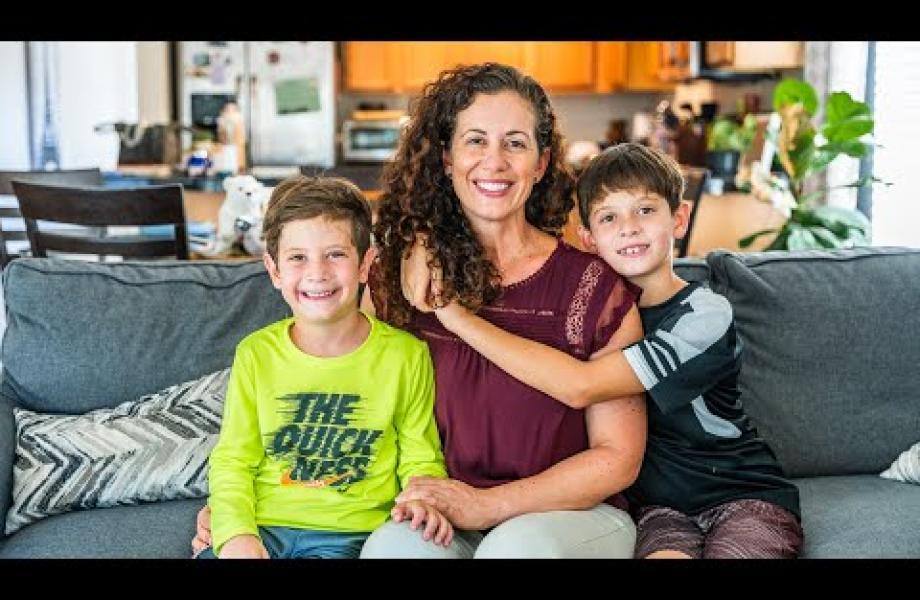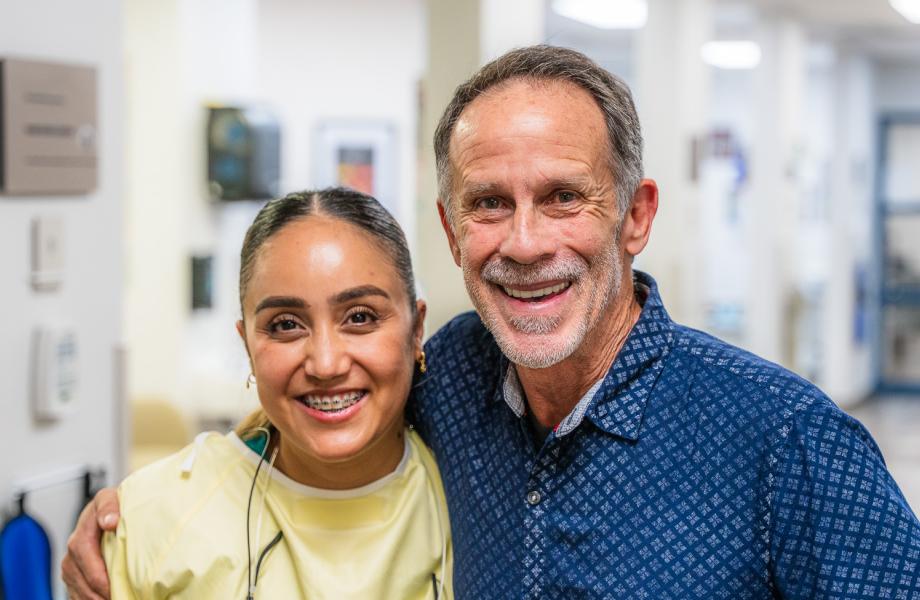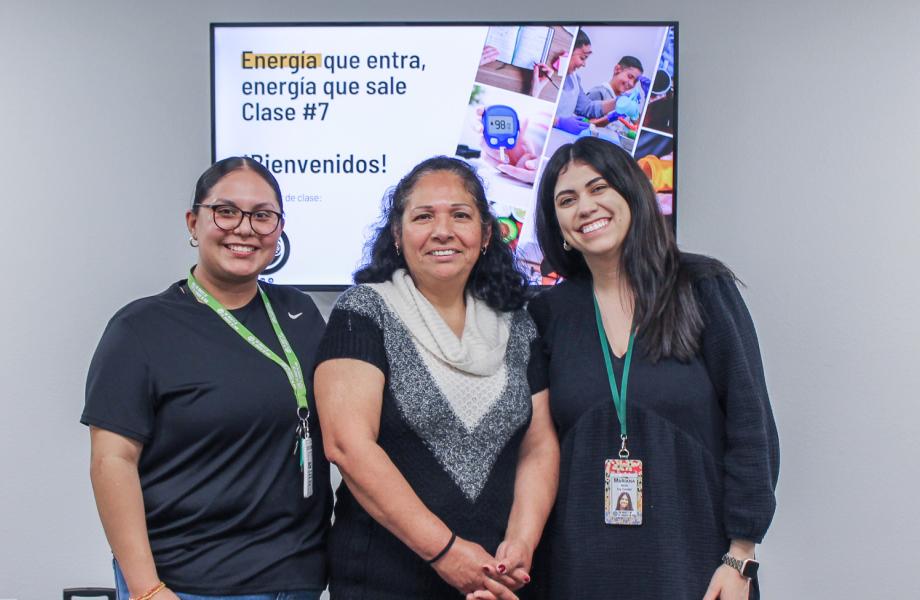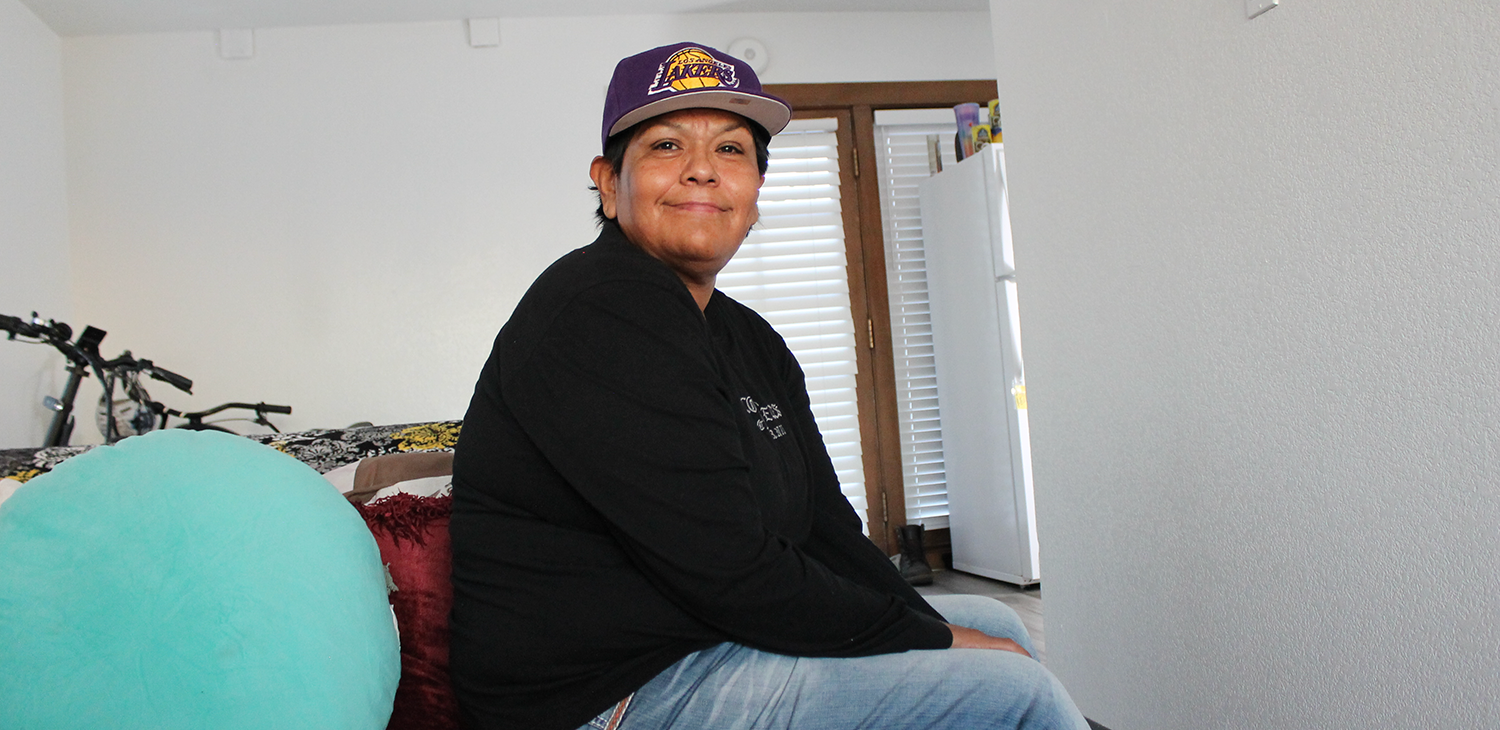
A job. A budget. A home.
A noticeable quiet during the day fills Rosalie’s Place — the new workforce housing program that brought an additional 71 beds to St. Vincent de Paul in September 2024. Most of its residents are out working, hunting down job leads or sleeping after a night shift.
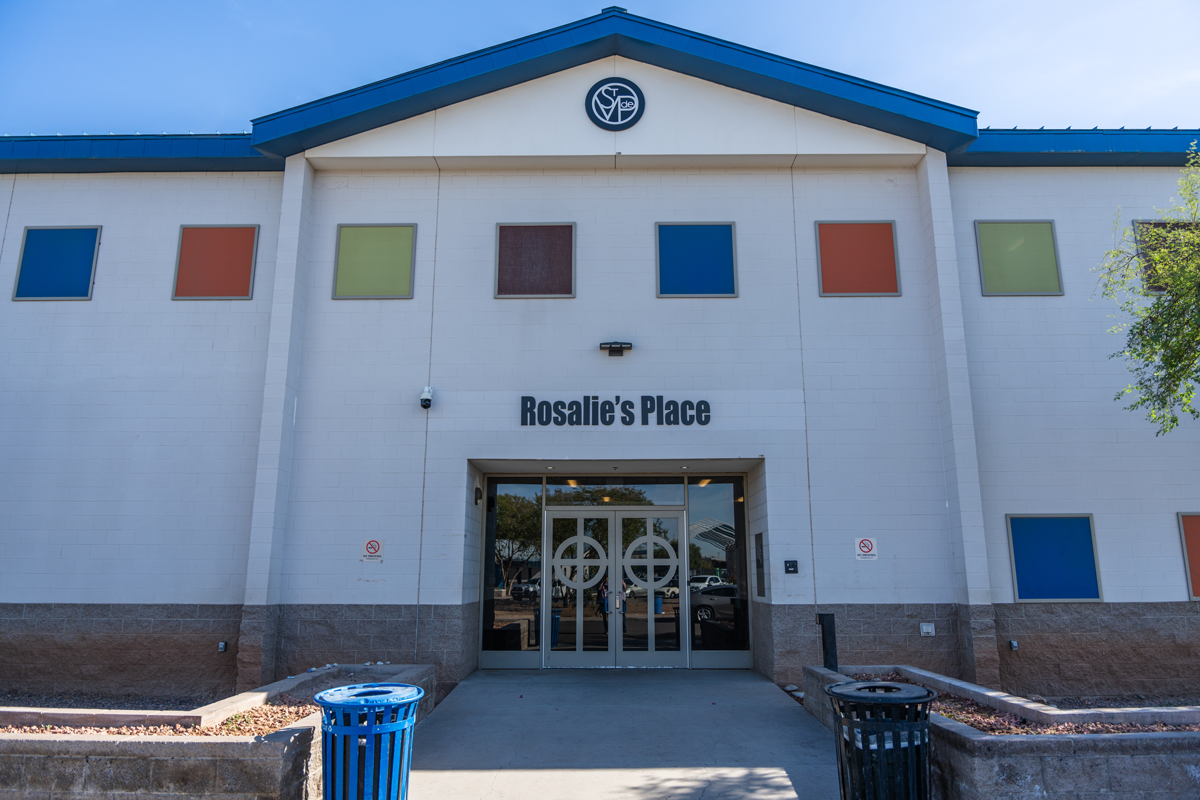
“It really comes alive in early morning and then in the evening right after dinner time, when everyone’s coming home,” says Lindsay Brown, manager of Rosalie’s Place and SVdP’s Workforce Opportunities Program. “Otherwise, residents are meeting with their case managers or rushing out the door with interview clothes on. You might pop in and see someone attending an online class in the computer room, searching for jobs or working on their peer support certification. But for the most part, it’s quiet — busy quiet.”
That pace makes sense for the program with 51 beds for men and 20 beds for women focused on working or looking for full-time work to end their experience with homelessness.

The “busy quiet” has taken some getting used to for Brown and her staff who were accustomed to the bustle of more traditional shelter settings, including over at SVdP’s Washington Street shelter and the X-WINGs, which are converted shipping containers offering single and double rooms. That’s where the team piloted SVdP’s workforce housing model in 2023 and saw success with 92% of residents employed upon graduating into housing. The pilot model paved the way for Rosalie’s Place in 2024, where SVdP observed its workforce housing approach continue to grow and thrive.
“The success around here is almost overwhelming,” Brown shares.
In November, the program already saw 72% of its residents employed.
That’s not counting residents enrolled in training, certification and apprenticeship programs at the time. That same month, Rosalie’s Place celebrated its first successful move out with Vina Ochoa, who needed only two weeks in workforce housing before she secured housing of her own.
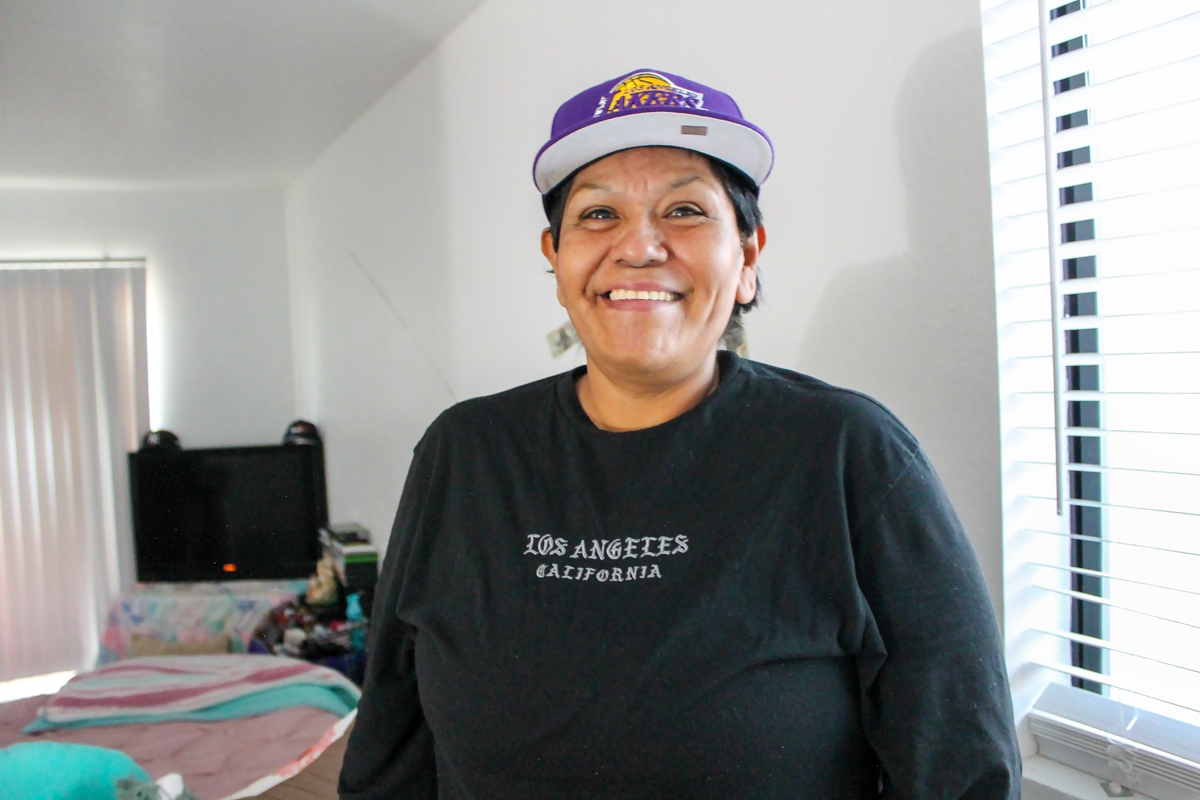
The first resident to move out
Inside Vina Ochoa’s 500-sq.-ft. studio apartment is a bed, a TV she bought herself, and the e-bike SVdP gave her to get to work at the airport overnight for a shipping company. When she’s tired and doesn’t feel like working, she looks to the fake $100 bills pasted to her wall to remind her that she has rent to pay. It’s a tough schedule to keep, but Vina loves having her own place after communal living at Rosalie’s Place. Her studio is also her safe haven from the troubles of her past.
Vina was victim of a rental scam, sexual assault and more before she found sanctuary in another shelter program. The program referred her to Rosalie’s Place after she landed her job with the shipping company. Vina just needed help finding housing, which happened very quickly. “It’s still like a shock to me when I come home,” Vina says. “Like, Oh my gosh. I really have my own place, you know? I’m still getting used to it, but I love it. I can’t imagine ever going back.”
Many residents work warehouse jobs, which Brown says tend to pay a lot better than entry-level positions in retail and service industries. Other residents have CDL licenses or are working paid electrician apprenticeships. One gentleman sells cars and another works as a loan processor. “We see a wide range of jobs and skillsets,” Brown says.
Established employment or actively seeking employment is a requirement to stay at Rosalie’s Place. Residents must also meet weekly with their case manager and complete a financial literacy course. Brown finds that last requirement especially important to the success of the program so far.
“Our approach is three-fold,” Brown says. “Yes, we’re working on employment and housing, but budgeting, savings and practicing financial wellness is a huge part of what needs teaching and what drives success.”

Current resident
Brian Brown came to Phoenix to help family with a transportation business, but the pandemic turned the business belly up. Brian’s family, with whom he lived, left town, and he ended up living out of his car while working odd jobs. With some trucking experience, Brian knows the road ahead to get back on his feet.
He’s currently in trucking school with Sage Trucking Company, working toward earning his Commercial Driver’s License. In addition to completing CDL training, he’s also working full-time at Royal Paper overnight as a stacker, which helps him pay tuition. Once he’s done with training and lands himself a full-time trucking gig, he has one decision to make — stay in town or go on the road?
“I just try to stay self-motivated,” Brain says. “I try to get up and do things for myself, because, you know, I just don’t like handouts.”
A partnership with PNC Mobile Bank boosts that effort by offering residents a financial literacy seminar at SVdP’s main campus twice a month. Beyond completing the financial literacy course, residents must also agree to save 60% of their net income unless that saving plan is too aggressive and puts them in the negative after paying off bills. One resident agreed to save $2,000 a month — well beyond 60% of his income — considering the money he saves from eating three hot meals a day from SVdP and the zero dollars it costs him to temporarily reside at Rosalie’s Place.
“That’s huge!” Brown says. “What will that savings look like in 90 days, right? $6,000 is enough to get somebody into housing and help pay for their first month of rent. They might even get a little bit of
furniture to get them started.”
However, she notes that success isn’t always so linear. Sometimes residents’ savings initially go toward paying off eviction debt before they can move into housing.
“What we don’t want to see is recidivism,” Brown says.
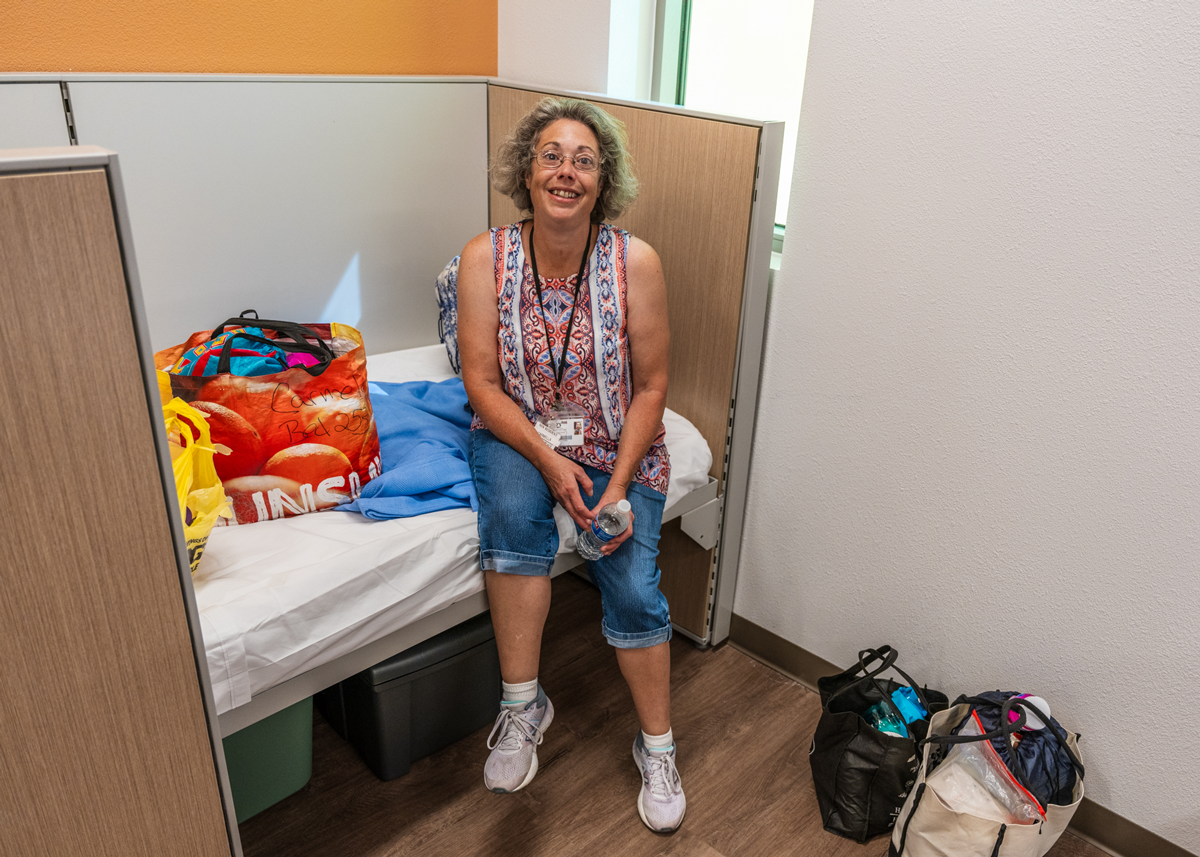
So far, residents of Rosalie’s Place have come from varied backgrounds and experiences — some having lived on the street for a decade or more, others having gone through a COVID eviction, and yet others all new to experiencing homelessness.
No matter their background, Brown sees a shared resilience in all of the residents. They have a strong desire to rejoin the workforce and dedication to the three-pronged approach of Rosalie’s Place:
- Establish reliable employment with sufficient income
- Demonstrate healthy financial management
- Secure housing within budget
Looking at 2025, Brown has high hopes for Rosalie’s Place and its residents.
“I’d like to not only see more individuals employed, but enhance employment,” she says. “For those who are underemployed, maybe making minimum wage, anything under $17 an hour, I’d like for us to support them in getting better jobs and see income increases that they can actually live on and sustain themselves.”
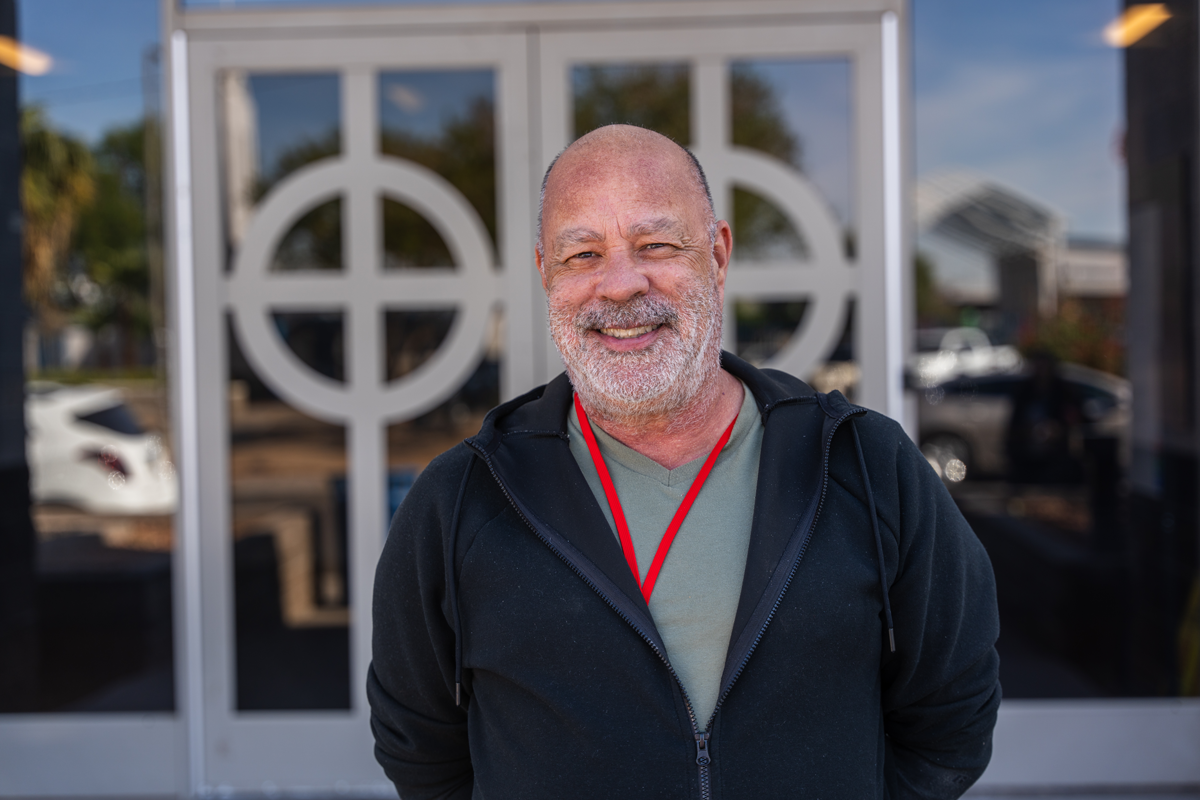
Current resident
When a bank decided to outsource John Welch’s job in auto retail lending, he found himself surviving on severance until he suffered a terrible and debilitating accident with his feet. Unable to work, he burned through savings, lost his home, sold his car and lived in local shelters while completing rehabilitation through Circle the City. Within a month of living at Rosalie’s Place, John posted his resume online and landed a job offer to go back into loan origination for another bank. He started his job the first week of December.
“I feel like this is me getting my life back the way I know it,” John says. “This work program is what I needed, and things have been falling into place ever since.”
John’s already identified the one-bedroom apartment he wants to rent. It’s right around the corner from his job. He’ll use the e-bike SVdP gave him to get to work.
She also hopes to build upon the workforce training space on campus, inviting more community partners to offer programming and bring opportunities to residents they might not typically access.
As for the first months of operation in 2024, Brown is celebrating and relishing the initial wins. Lately, that looks like a resident running into her office and exclaiming, “I got a job!” or “I got an apartment!”
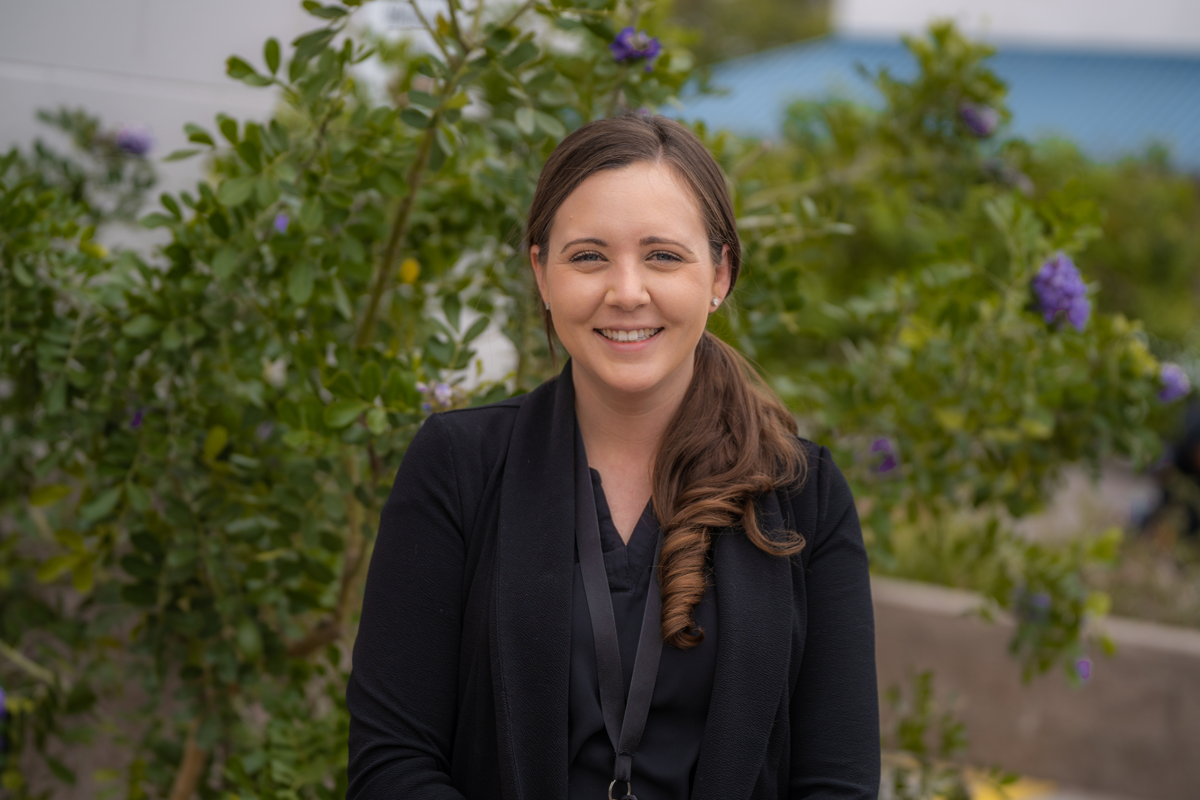
Sometimes Brown finds herself asking how she got so lucky to do this work. She graduated in 2018 from Arizona State University with a bachelor’s degree in social work and has worked at SVdP since, holding case management and leadership positions in transitional housing, as well as a brief stint in Human Resources. So Brown understands both as a social worker and a business professional what it means for residents when they meet their job goals.
“Taking those little wins and building them up to big wins — that’s the really fun part.”

